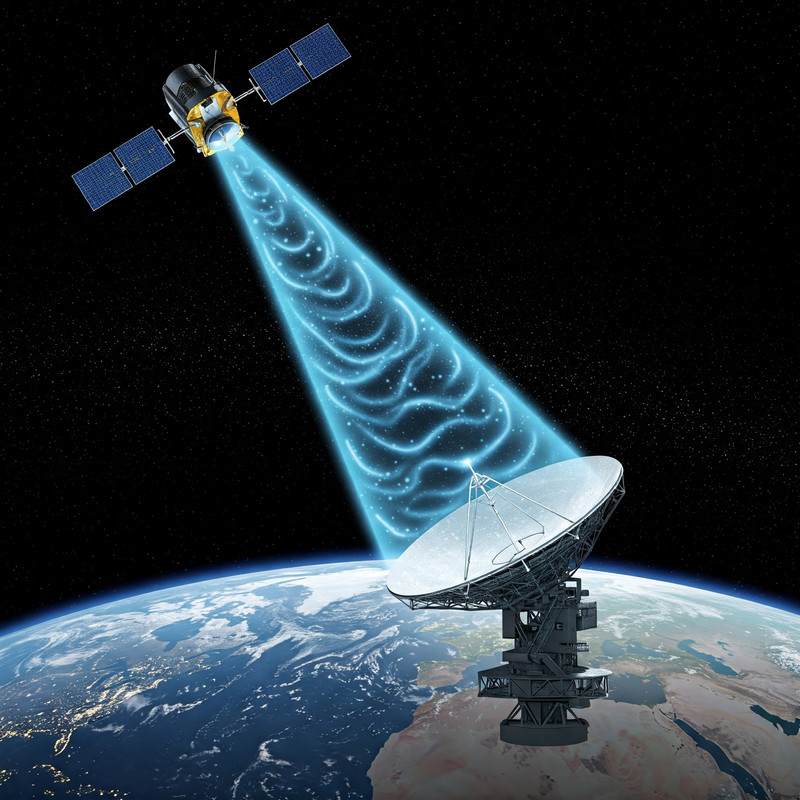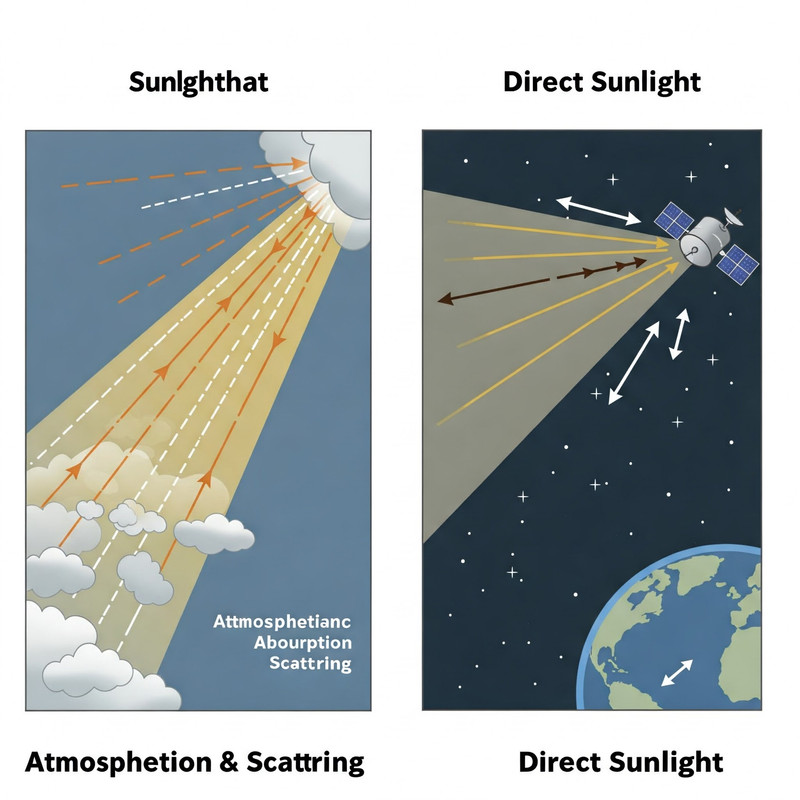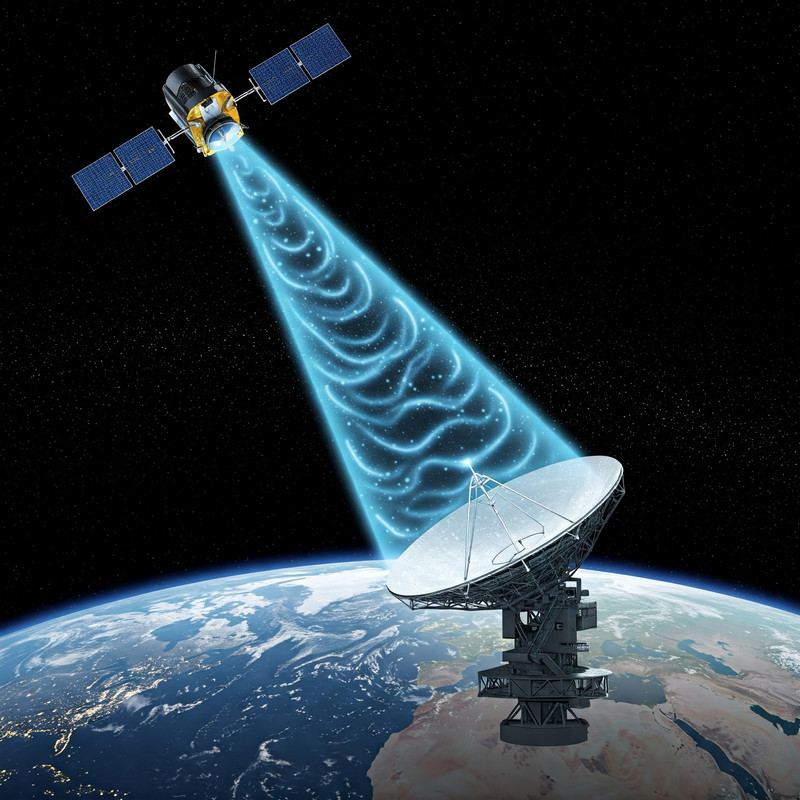Powering earth from space
Powering Earth from Space: The Ambitious Dream of Space-Based Solar Power
Imagine harnessing clean, unlimited energy from the sun—not from Earth’s surface, but directly from outer space. This is the revolutionary promise of space-based solar power (SBSP). As our planet grapples with climate change and rising energy demands, SBSP is emerging as one of the boldest and most futuristic energy solutions ever conceived. This technology aims to overcome the limitations of terrestrial solar power by capturing sunlight in the unobstructed environment of space, providing a continuous and abundant energy source.
What is Space-Based Solar Power?
Space-based solar power refers to the concept of collecting solar energy using large satellites equipped with massive solar arrays orbiting the Earth, primarily in geostationary orbit (GEO). These satellites then wirelessly transmit the collected energy to receiving stations on Earth. A key advantage over ground-based solar farms is that space-based collectors are not affected by weather patterns, the day-night cycle, or atmospheric absorption and scattering, allowing for near-continuous, 24/7 solar energy capture. This constant exposure to the sun's full intensity offers a significantly higher energy yield compared to terrestrial installations.

A conceptual illustration of a solar power satellite in geostationary orbit.
How Does It Work?
- Collection: Vast solar panels, potentially spanning kilometers, are deployed on satellites in geostationary orbit (approximately 35,786 kilometers above Earth). GEO is ideal because satellites in this orbit appear stationary relative to a point on Earth, simplifying the targeting of energy transmission.
- Conversion: The sunlight collected by the solar panels is converted into electrical energy. This electricity is then transformed into a form suitable for wireless transmission, typically high-frequency radio waves (microwaves) or laser beams. Microwaves are often favored for their ability to penetrate the atmosphere under various conditions, while lasers offer the potential for more focused and efficient transmission but face greater atmospheric challenges.
- Transmission: The converted energy, in the form of a focused microwave or laser beam, is then transmitted from the satellite to a designated receiving station on Earth. Precise aiming and control systems, potentially aided by AI, are crucial to ensure the beam accurately targets the receiver.
- Distribution: On Earth, large ground-based receiving antennas, known as rectennas (for microwave transmission) or optical receivers (for laser transmission), capture the incoming energy beam. These rectennas efficiently convert the microwave or laser energy back into usable electricity, which can then be fed directly into existing power grids for distribution to homes, businesses, and industries.

The space-to-Earth energy transmission process in space-based solar power.
Why Is It So Promising?
- Constant and Reliable Power: Unlike terrestrial solar farms, SBSP systems in GEO are in near-perpetual sunlight, unaffected by cloud cover, rain, dust storms, or the cycle of day and night. This provides a consistent and predictable base-load power source, crucial for meeting continuous energy demands.
- Environmentally Friendly Energy: SBSP offers a truly clean energy solution with zero direct greenhouse gas emissions during operation. While the manufacturing and launch of satellites have environmental impacts, the long-term potential for a sustainable and abundant energy source with a relatively small footprint on Earth is significant. Rectenna sites on Earth are also designed to be compatible with agriculture and other land uses.
- Potentially Scalable to Meet Global Demands: The vast and continuous solar energy available in space offers the theoretical potential to scale SBSP systems to meet a significant portion, if not all, of global energy demands in the future. As technology advances and costs decrease, large constellations of solar power satellites could provide a truly global energy solution.

The promise of clean and renewable energy from space-based solar power.
Major Challenges Ahead
Despite its immense promise, the widespread adoption of SBSP faces several significant and complex hurdles that need to be overcome through technological innovation and substantial investment:
- Extremely High Initial Costs: The cost associated with designing, manufacturing, launching, and deploying large-scale solar power satellites is currently exorbitant. The sheer size and complexity of these structures, coupled with the high cost of space launch, represent a major economic barrier. Reducing launch costs through reusable rockets and in-space assembly techniques is crucial.
- Significant Technical and Engineering Risks: Efficiently and safely transmitting large amounts of energy wirelessly over vast distances, with minimal loss and precise targeting, is a complex technical challenge that is still under significant research and testing. Developing robust and reliable systems for energy conversion, beam generation, transmission, and reception requires advanced engineering solutions.
- Safety and Environmental Concerns: Ensuring the safety of the high-energy microwave or laser beams transmitted to Earth is paramount. Robust safety protocols and fail-safe mechanisms are essential to prevent harm to humans, wildlife, and aircraft. Additionally, the potential environmental impact of large rectenna sites on Earth needs careful consideration. Managing orbital traffic and preventing collisions between large satellites in increasingly congested orbits is another critical safety concern.

The challenges of satellite maintenance and managing space infrastructure for SBSP.
Who Is Working On It?
Despite the challenges, numerous government agencies, research institutions, and private companies around the world are actively exploring and investing in the potential of space-based solar power:
- Japan: The Japan Aerospace Exploration Agency (JAXA) has been a long-time proponent of SBSP and has conducted significant research and testing on microwave energy transmission systems, including successful ground-based demonstrations. They continue to explore the feasibility of large-scale orbital systems.
- China: China has announced ambitious plans to become a leader in SBSP development, with goals to launch demonstration satellites by around 2030 and eventually deploy large-scale commercial systems. Their research includes advancements in both microwave and laser-based energy transmission.
- United States of America: NASA (National Aeronautics and Space Administration) and the US military, particularly the Air Force Research Laboratory (AFRL), are actively studying the potential defense and civilian applications of SBSP, focusing on technologies for in-space assembly, efficient energy transmission, and secure power delivery.
- European Space Agency (ESA): The ESA (European Space Agency) is also engaged in research and development related to SBSP, exploring its potential contribution to Europe's future energy security and sustainability goals.
- Private Companies: Several private companies, such as Space Solar Ltd. in the UK and others in the US and globally, are emerging with innovative concepts and technologies for SBSP, focusing on reducing costs and accelerating development timelines.

A global race to develop and implement space-based solar power technologies.
Could It Power the Future?
Space-based solar power is rapidly transitioning from a far-fetched science fiction concept to a tangible area of serious research and development. With significant advancements in launch technologies (like reusable rockets), the increasing sophistication of AI-powered satellite control and energy targeting systems, and the continuing decline in the cost of solar panel manufacturing, the economic and technical feasibility of SBSP is becoming increasingly plausible. While it will require substantial global collaboration, significant long-term investment, and rigorous testing to ensure safety and practicality, SBSP has the potential to become a critical component of Earth’s future energy mix, offering a clean, reliable, and virtually limitless power source. Overcoming the current challenges could pave the way for a truly sustainable energy future for all.
Conclusion
As humanity charts a course toward a sustainable future, ambitious and innovative ideas like space-based solar power highlight the kind of transformative thinking required to meet our growing energy needs while mitigating the impacts of climate change. While significant technological and economic challenges remain, the potential rewards of harnessing the sun's energy directly from space are immense. One day, the power that lights up our homes and fuels our industries might very well originate from vast solar arrays orbiting high above our planet—a testament to human ingenuity and our unwavering pursuit of a brighter future.
Explore More Energy Innovations:
- The Future of Nuclear Fusion: Unlimited Clean Energy?
- AI Weather Control: Can We Predict the Unpredictable?
Stay Connected:
Stay updated by clicking the follow button on the sidebar!
Privacy Policy | Disclaimer | About the Author
Comments
Post a Comment